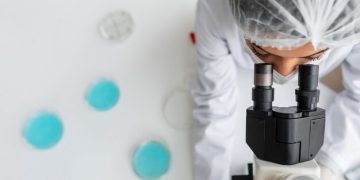
Neonatal jaundice, or hyperbilirubinemia, is a common condition in newborns where the skin and the whites of the eyes turn yellow. This happens because of high levels of bilirubin, a yellow pigment that comes from breaking down red blood cells. Normally, the liver processes bilirubin and gets rid of it in bile, but since a newborn’s liver is still maturing, it might struggle with this process, leading to jaundice.
Neonatal jaundice is usually harmless and often goes away on its own or with simple treatments like phototherapy. However, if it becomes severe or lasts too long, it can lead to complications like kernicterus, which can cause brain damage. That’s why it’s important to detect, monitor, and manage it early to prevent any issues and keep the baby healthy.
Parents should learn to recognize the signs of jaundice and seek medical help if they notice their baby’s skin or eyes becoming more yellow or if it doesn’t improve. With the right medical care, most babies with neonatal jaundice do well.
In some cases, especially when jaundice is severe or doesn’t respond to treatments like phototherapy, certain medications might be used to lower bilirubin levels or tackle underlying causes. Some common drugs used in treating neonatal jaundice include phenobarbital, IVIG, UDCA, and folic acid. These are typically used under the guidance of neonatal specialists to ensure the best outcomes for the baby.












































